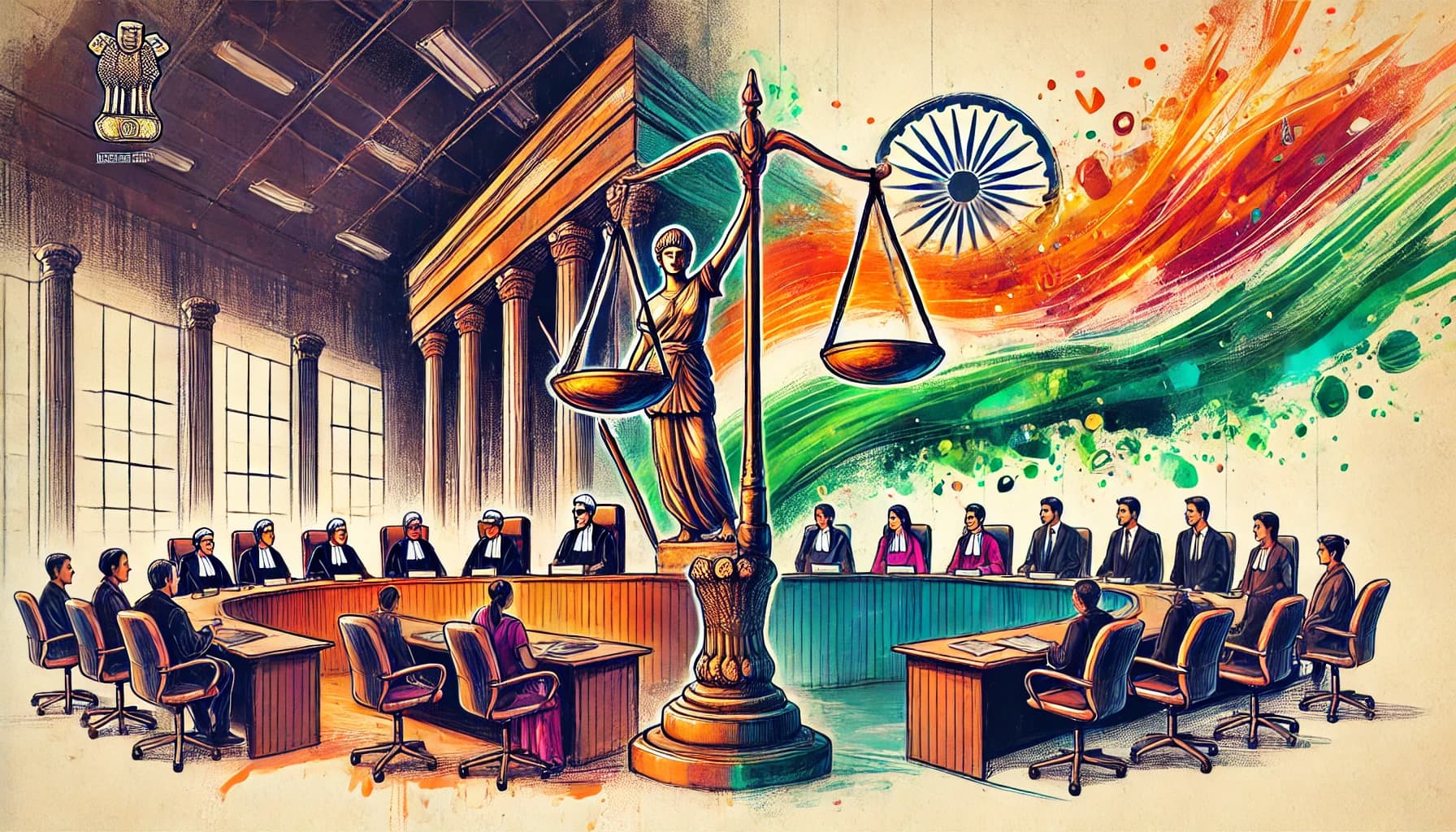It wasn’t the judgments that stayed with me—it was the silences between them.
The first time I stepped into the National Company Law Tribunal (NCLT), sometime around 2017–18, I didn’t quite know what to expect. These weren’t traditional courtrooms. They felt more like compact tribunal rooms—white-walled, business-like, with no microphones and an atmosphere heavy with consequence. These were quasi-judicial proceedings, unfolding in an environment that was part legal, part regulatory, and entirely high-stakes. High-profile lawyers argued intricate insolvency matters, and if you wanted to hear anything—an argument, a direction, or a judgment—you had to strain your ears. Most of what was said was steeped in Insolvency and Bankruptcy Code, 2016 (IBC) jargon, unfamiliar and dense. It was a learning curve, and a steep one.
As a journalist, I found myself witnessing history—not through press releases or secondhand commentary, but right there at the heart of some of India’s most critical corporate turning points. I reported on landmark cases involving well-known names—Essar, Binani, Tata, Mistry—and in doing so, observed more than just legal arguments. I saw the anatomy of institutional failure.
These stories left an imprint. They sharpened my understanding of governance—not just as a structure, but as a living system of values, decisions, and blind spots. Over time, my journey took me from observing systems to advising them. From reporting to advocating. From documenting institutional behaviour to shaping it.
Recently, I took a step that aligns with this journey in a formal way: earning my certification as an Independent Director from the Indian Institute of Corporate Affairs, under the Ministry of Corporate Affairs. It’s not a pivot; it’s a continuation of a long-standing inquiry into what makes institutions strong, and what causes them to fail.
My work today is informed by everything I saw and sensed during those early days—not just the noise of the tribunal rooms, but the quiet signals of governance gone wrong. As I step into roles that require greater accountability and strategic clarity, I carry with me the insights forged in those moments.
What do resilient institutions look like—and how do we build them?
That’s the question that continues to shape my work. From tribunal courtroom to boardroom readiness, this is not just a transition. It is an evolution.





